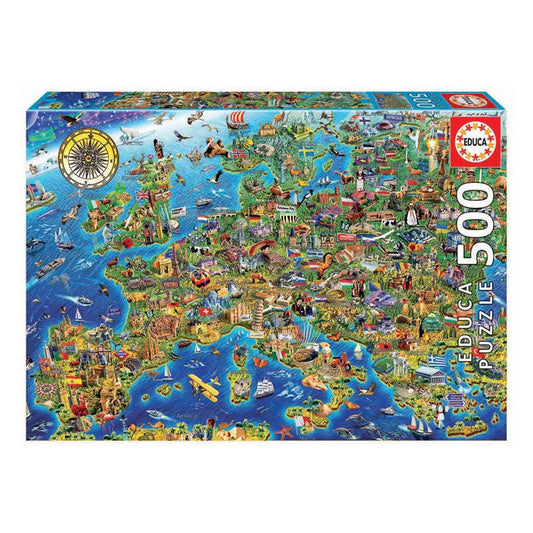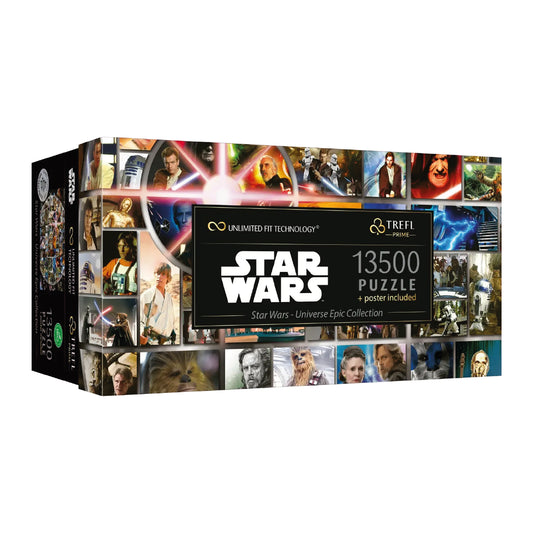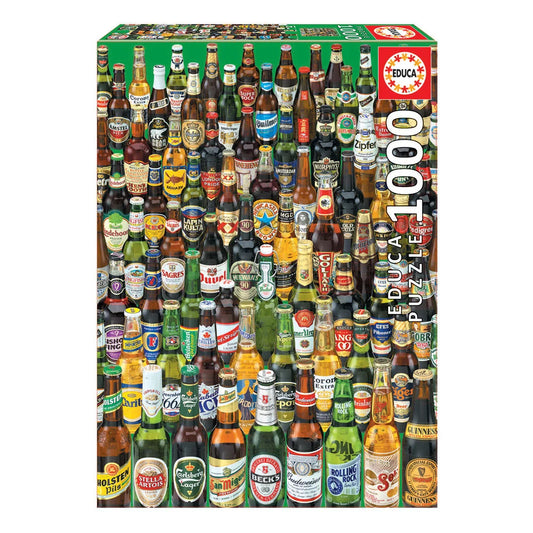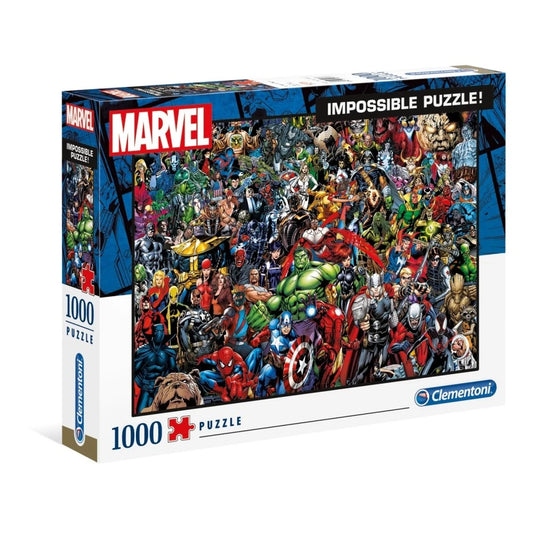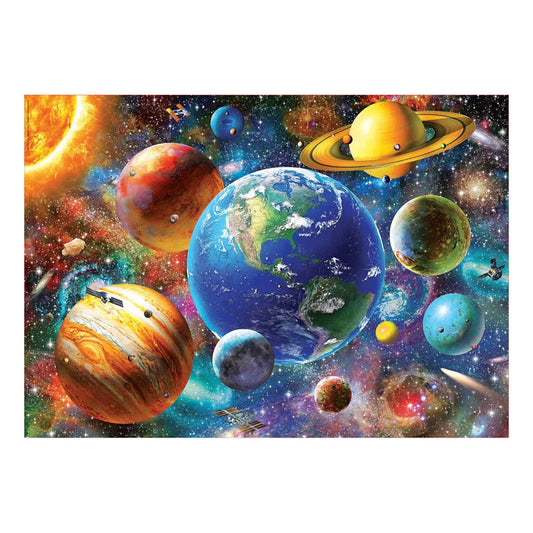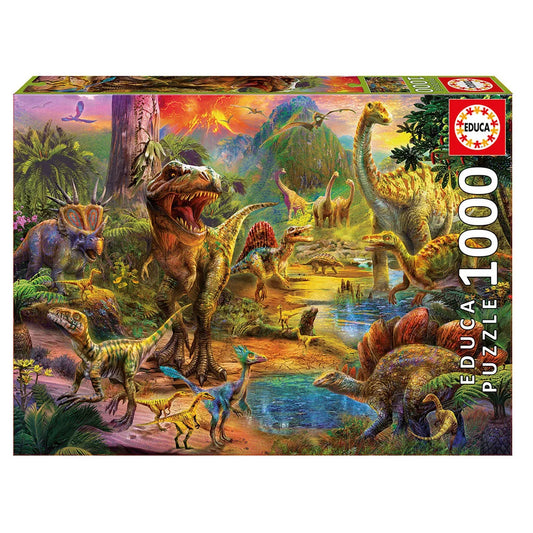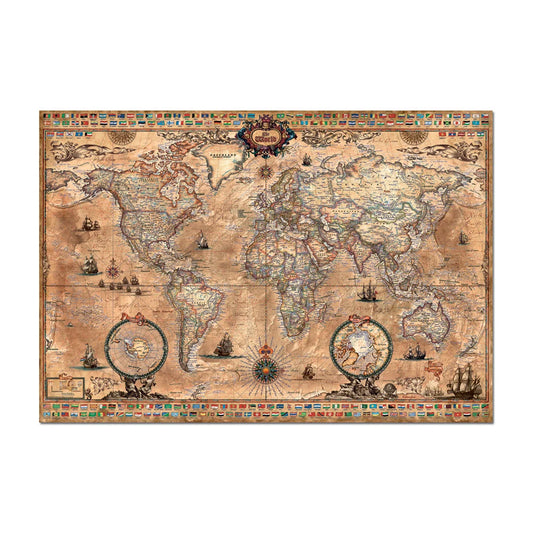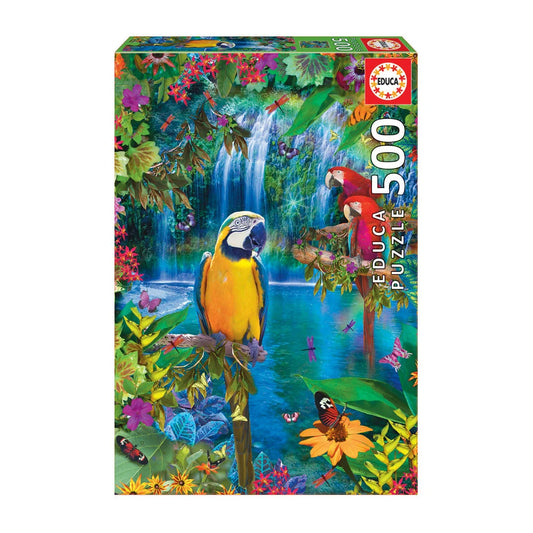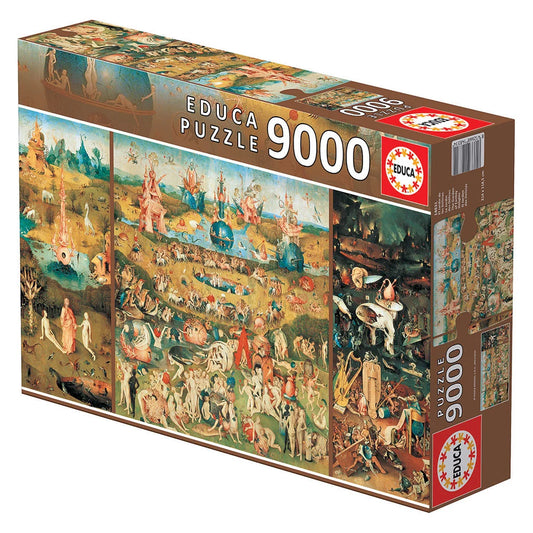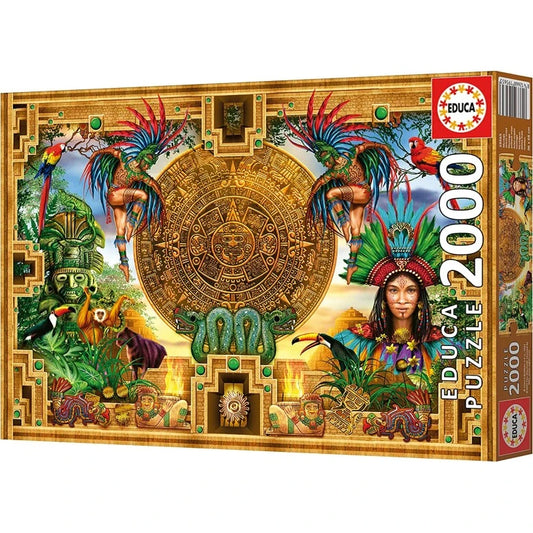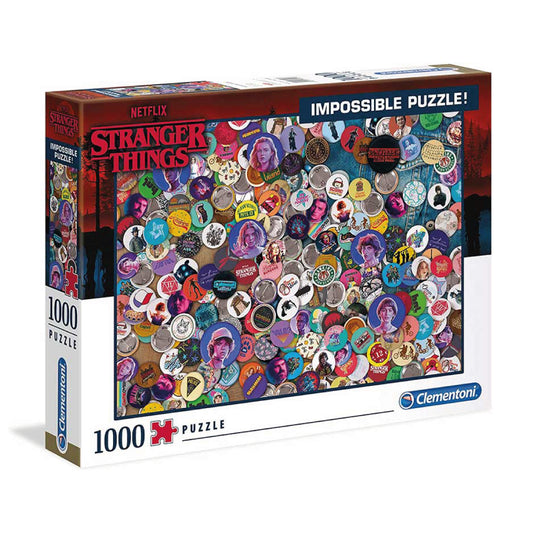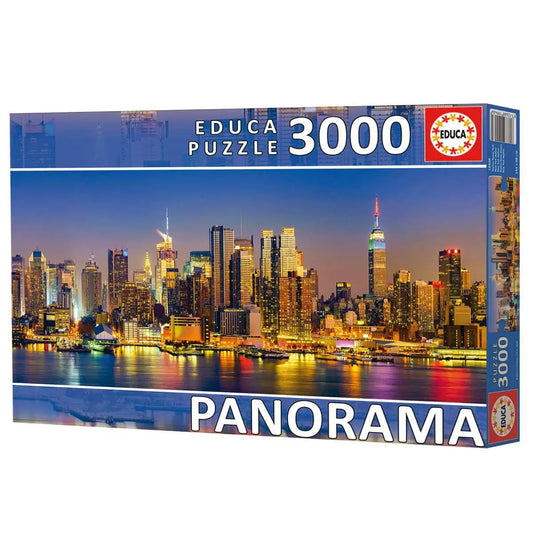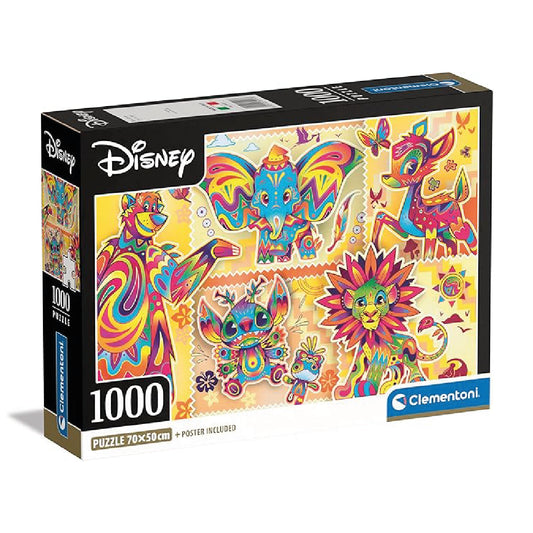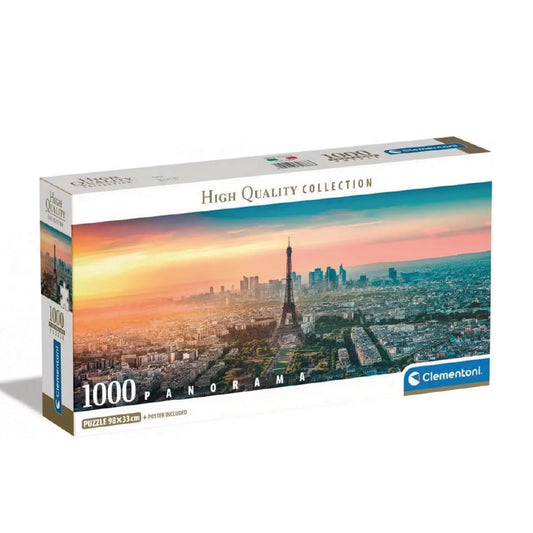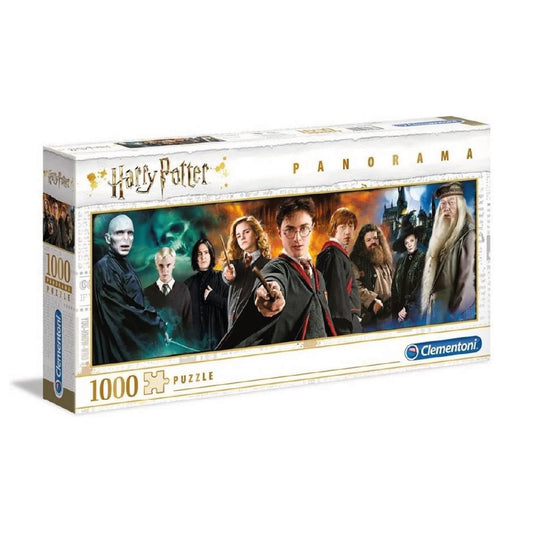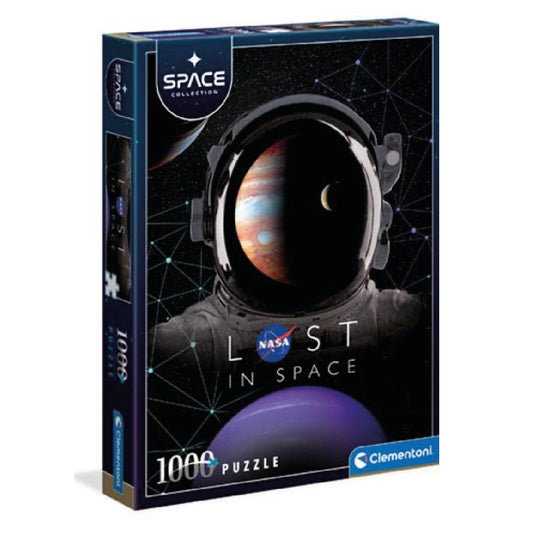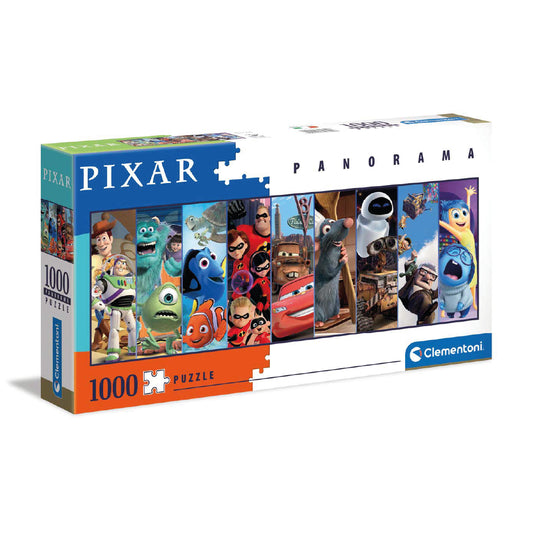
From Stone to 3D: A Brief History and Evolution of Puzzles
The Universe of Puzzles
1. The Origins of Puzzles
1.1. What is a Puzzle?
While the term "puzzle" can encompass a wide variety of games and challenges, when we talk about physical puzzles (or "jigsaw puzzles" in English), we refer to images cut into several pieces that need to be reassembled to form the original illustration. Before the existence of cutting machines, artisans carved or carved pieces by hand, transforming pieces of wood (or even stone in ancient times) into entertainment for the elite.
Main features of a traditional puzzle:
A reference image (landscapes, artwork, maps).
Irregularly cut pieces.
The challenge of finding the exact position of each piece to recreate the image.
1.2. Possible Roots in Antiquity
Some scholars suggest that, even in ancient times, certain "challenges" or "riddles" made of stone and wood were used as a form of entertainment and mental training. While not exactly puzzles as we know them, these ancient forms may have served as inspiration for the creation of more advanced models over the centuries.
Civilizations like the Chinese were rich in logical “puzzles”, such as the Tangram (although it is not a typical “fitting puzzle”, it is a puzzle of arrangement and combinations).
In Egypt, there are records of boards and pieces that could have been used for strategy games, possibly with a puzzle aspect.
1.3. The First Traces in Europe (H3)
In Europe, the first traces of puzzles date back to the 18th century, albeit in a very different form than today. They were handcrafted by artisans who often worked in carpentry or lithography:
Images printed on paper, then glued to a wooden base.
Each piece was cut with tools similar to carpentry saws.
These puzzles were often used for educational purposes: they taught geography, history and astronomy to children from wealthy families.
2. The popularization of Puzzles in the modern age
2.1. John Spilsbury and the educational role
Credit for creating the first modern jigsaw puzzle is often attributed to John Spilsbury, an English mapmaker and cartographer, who in 1760 drew a wooden map and cut out each territory, thus creating an educational tool for teaching geography to children.
Objective : To help you memorize the boundaries of countries and continents.
Impact : It became popular among elite British schools, which began using this interactive learning method.
This puzzle model stood out for two reasons: its playful and educational functionality and the fact that it was an expensive, handmade product, initially intended for the aristocracy. However, it was from this idea that puzzles gained ground, both in England and throughout Europe.
2.2. Growth in the Victorian Era (H3)
During the Victorian period (19th century), the concept of the puzzle expanded. The Industrial Revolution brought more sophisticated cutting machines, paper production evolved, and lithography became more accessible. These technological advances allowed puzzles to be created at a lower pace and cost, opening the market to a growing middle class.
First themed puzzles : Portraits of royalty, famous landscapes, exotic animals.
Evolution in cutting : Tools with more precise blades have resulted in more complex cuts, making each piece unique.
Over time, puzzles with advertising included also emerged: some food and consumer goods companies launched promotional puzzles for their customers, further promoting this form of entertainment.
3. The Puzzle Boom in the 20th Century
3.1. Innovations and mass production
The 20th century was a defining moment for puzzles. Especially starting in 1900, companies began mass-producing cardboard puzzles—much lighter and cheaper than wooden ones:
Technical evolution : Cutting saws gradually gave way to specific cutting machines, where metal dies cut cardboard and printed paper with great precision.
Global Popularization : With this reduction in costs, puzzles are no longer a niche product for the elite. They've become available in stores worldwide as affordable family entertainment.
3.2. Puzzles during the Great Depression
During the Great Depression of the 1930s, puzzles experienced a strange renaissance. Despite the economic downturn, many people found them to be an inexpensive form of entertainment. Demand increased, and companies even emerged offering "puzzles of the week" —weekly releases at low prices, encouraging frequent play.
They served as an escape from the stress of unemployment and financial difficulties.
Second-hand puzzles also circulated, exchanged and shared among neighbors and family members.
3.3. The Post-War Era and the Growth of Leisure Culture
After World War II, leisure culture intensified in Western countries. Entire families gained more free time and greater purchasing power.
Themed and licensed puzzles : Many brands have started to associate themselves with popular films, cartoons or characters (Disney, for example), making the puzzle even more appealing to children and adults.
Specialty stores : Specific points of sale and catalogs began to appear, with hundreds of puzzle options of various sizes, themes, and difficulty levels.
4. The arrival of modern puzzles
4.1. Printing materials and techniques
As the 20th century progressed, the print quality and finish of puzzles evolved significantly. Today, we find pieces with anti-reflective surfaces, high-precision laser cuts, and even coatings that increase durability:
More creative cuts : Pieces with themed shapes (pieces in the shape of animals or letters), intricate cutouts that challenge assembly.
HD Images : High-definition photographs, scanned paintings and vector graphics that result in high-quality reproductions.
4.2. Diversification of themes
In an increasingly competitive market, brands have begun to focus on numerous genres and styles:
Artistic puzzles : Masterpieces by Van Gogh, Monet, Leonardo da Vinci.
Landscape puzzles : Exotic places, mountains, paradisiacal beaches, emblematic cities.
Pop culture themed puzzles : TV series, music bands, video games, cult films.
Customizable puzzles : With personal photos (weddings, birthdays, pets).
This variety helps attract different audiences: from young children who want to create images of their animated heroes, to adult collectors who invest in limited or very complex editions.
5. The emergence of 3D Puzzles
5.1. Concept and first examples
3D puzzles represent a step forward in the evolution of conventional puzzles. Instead of simply fitting pieces together on a two-dimensional plane, users construct a three-dimensional structure that can replicate monuments, buildings, vehicles, or other shapes:
Base structure : Made of foam or plastic, covered with pieces of cardboard or other material.
Assembly : Instead of following a flat image, the guide is a template or step-by-step assembly instructions.
The first commercial 3D puzzles gained traction in the 1990s, although the design of three-dimensional interlocking structures was already being explored in architectural models and construction toys.
5.2. Variety of models and immersive experience
Currently, the 3D puzzle market includes everything from replicas of famous monuments (Eiffel Tower, Big Ben, Colosseum, Taj Mahal) to science fiction buildings, pirate ships, medieval castles and dragons.
Decorative appeal : Some fans use 3D puzzles as decorative pieces, displaying them on shelves and desks.
Extra challenge : Assembling in 3D requires more spatial planning and attention to detail, increasing the difficulty and ultimate satisfaction.
5.3. Technological evolution and interactive models
With the arrival of 3D printers on the consumer market, open-source 3D puzzle projects have also emerged, allowing users to download models and print them at home.
Total Customization : Any model can be adapted, modifying scales or adding details.
Growing Online Community : Forums and social networks where people share instructions and tips for printing and assembling their own 3D puzzles.
6. The relevance of Puzzles in the current context
6.1. Cognitive and emotional benefits
Besides being a fun pastime, puzzles (both 2D and 3D) have proven benefits for the brain and well-being:
Concentration and Focus : Putting together a puzzle requires attention to detail and patience, which stimulates areas of the brain linked to visual memory and problem-solving.
Decompression and Stress Relief : Many adults look to puzzles as a way to relax, as they allow them to “disconnect” from daily worries.
Social Cooperation : Doing puzzles in a group (friends, family) strengthens bonds and encourages cooperation.
6.2. Recent Trends: Giant Puzzles and Events
The digital age has brought the proliferation of electronic games and mobile apps. However, the physical puzzle hasn't lost its traction; on the contrary, there has even been a resurgence of interest in puzzles, particularly:
Puzzles of 5000, 10000 or more pieces : Long-lasting challenges that become a personal or collective “adventure”.
Puzzle Building Championships and Meetups : In some countries, events are held where teams compete to see who can complete a complex puzzle in the shortest time.
6.3. The influence of social networks
Social media platforms like Instagram and TikTok have fueled a new wave of puzzle popularity. Many users share their puzzle progress, organization tips, and even create time-lapses that condense hours of work into a short, engaging video.
Popular Hashtags : #PuzzleAddict, #PuzzleTime, #JigsawPuzzle, #3DPuzzle.
Dedicated Communities : Facebook or Reddit groups focused exclusively on puzzle collectors and enthusiasts, where recommendations are exchanged, sales are organized, and rare edition auctions are held.
7. The future of Puzzles: hybrids and digital interactivity
7.1. Augmented Puzzles and Mobile Applications
With augmented reality (AR) and virtual reality (VR), it's possible to add digital layers to a physical puzzle. Some companies are already working on apps that allow you to point your phone's camera at the puzzle and see animations or additional information on the screen, creating a hybrid experience.
Interactive Tutorials : The app recognizes the level of the puzzle the user is at and suggests hints.
Gamification Elements : Medals and points awarded for completing sections within a certain time.
7.2. Custom Puzzles “On Demand”
Personalization isn't limited to printing a personal photo. There are a growing number of services that allow you to create puzzles with specific shapes, unique designs, and numbered pieces. This opens up possibilities for:
Personalized Educational Puzzles : Create themed modules on history, geography or science adapted to the school curriculum.
Corporate Gifts : Companies that want to offer something original to their customers or employees can create puzzles with their visual identity.
Artistic Projects : Artists who use the puzzle as a canvas to express their creativity.
7.3. Sustainability and ecological materials
The global focus on sustainability and plastic reduction also impacts the puzzle industry. Some brands produce puzzles from recycled cardboard, eco-friendly inks, and plastic-free packaging:
100% Recycled Card : Less environmental impact and reduced carbon footprint.
Elimination of Plastics : Replacing plastic bags with paper packaging or cardboard ties.
Local Value : Regional production that avoids long-distance transportation.
8. Conclusion: An endless journey
The evolution of puzzles reflects human evolution itself. What began as a handcrafted, almost exotic object has become something that crosses all ages, social classes, and cultures. Today, we don't need to be children or aristocrats to enjoy a good puzzle; all we need is curiosity, patience, and a desire to "fit the pieces together."
8.1. Symbol of Creativity and Persistence
A puzzle is, in essence, a challenge that requires persistence to be completed. Just as humanity has advanced through the sum of small discoveries, each piece fitting together is a step toward the ultimate goal. This symbolism makes puzzles much more than simple games: they become metaphors for cooperation, continuous learning, and the search for solutions.
8.2. The Legacy and the Future
Even with the proliferation of digital games, physical puzzles remain strong, thanks to their tactile component and the pleasure of seeing an image take shape before our eyes. The trend points toward a harmonious coexistence between traditional and digital, with new hybrid formats being introduced to the market.
Traditional Format : Continues to delight collectors and families who want to spend quality time together.
3D and High-Tech Format : Explore new dimensions of design and interactivity.
Innovations : AR, VR applications and advanced personalization services that keep the puzzle always fresh and relevant.
8.3. The Role of the “Puzzle Shop”
For lovers of these challenges, the Puzzle Shop is a privileged meeting place, whether online or in-store. Here, you can find:
Classic puzzles from different brands.
3D puzzles of iconic monuments and landscapes.
Special and collectible editions for true enthusiasts.
Expert advice and tips to make assembly even more fun.
Because, ultimately, each puzzle you choose is a personal adventure that takes you through different worlds, landscapes, and stories. It's also a way to exercise your brain, find serenity in your daily life, and even strengthen bonds with those who share this passion.
Puzzle Quick FAQs
1. What is the origin of the term “jigsaw puzzle”?
The term “jigsaw” comes from the type of saw used to cut pieces in wood, originally called “jigsaw” in English.
2. Why is John Spilsbury considered the “father” of the modern puzzle?
Because he was the first to create a cut-out map to teach geography, giving rise to the concept of a puzzle with interlocking pieces.
3. Are puzzles just for kids?
No! There are puzzles of varying difficulty levels and themes, perfect for adults and even seniors.
4. What is the difference between a normal puzzle and a 3D puzzle?
A standard (2D) puzzle consists of a flat image divided into pieces. A 3D puzzle involves constructing a three-dimensional object, which could be a building, a vehicle, or any other volumetric shape.
5. How to choose the right puzzle?
Consider the number of pieces (depending on your experience and available time), the theme you like, and the quality of the materials.
Did you enjoy this dive into the history of puzzles?
Visit our blog “The Universe of Puzzles” for more articles on tips, curiosities and news.
Explore our Online Store and discover the variety of puzzles available, from classic to 3D.
Share your builds and follow us on social media to join the community of enthusiasts!

